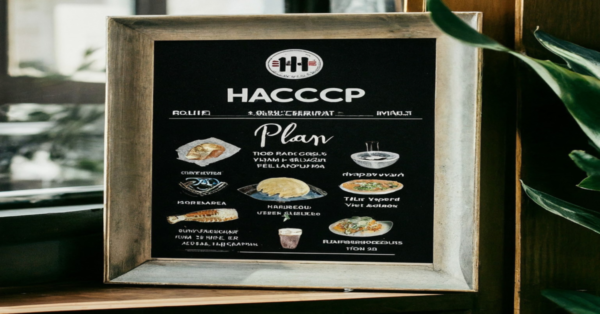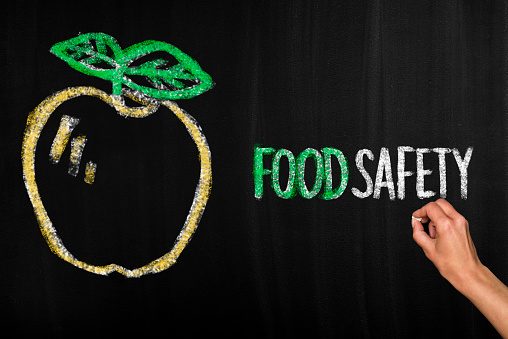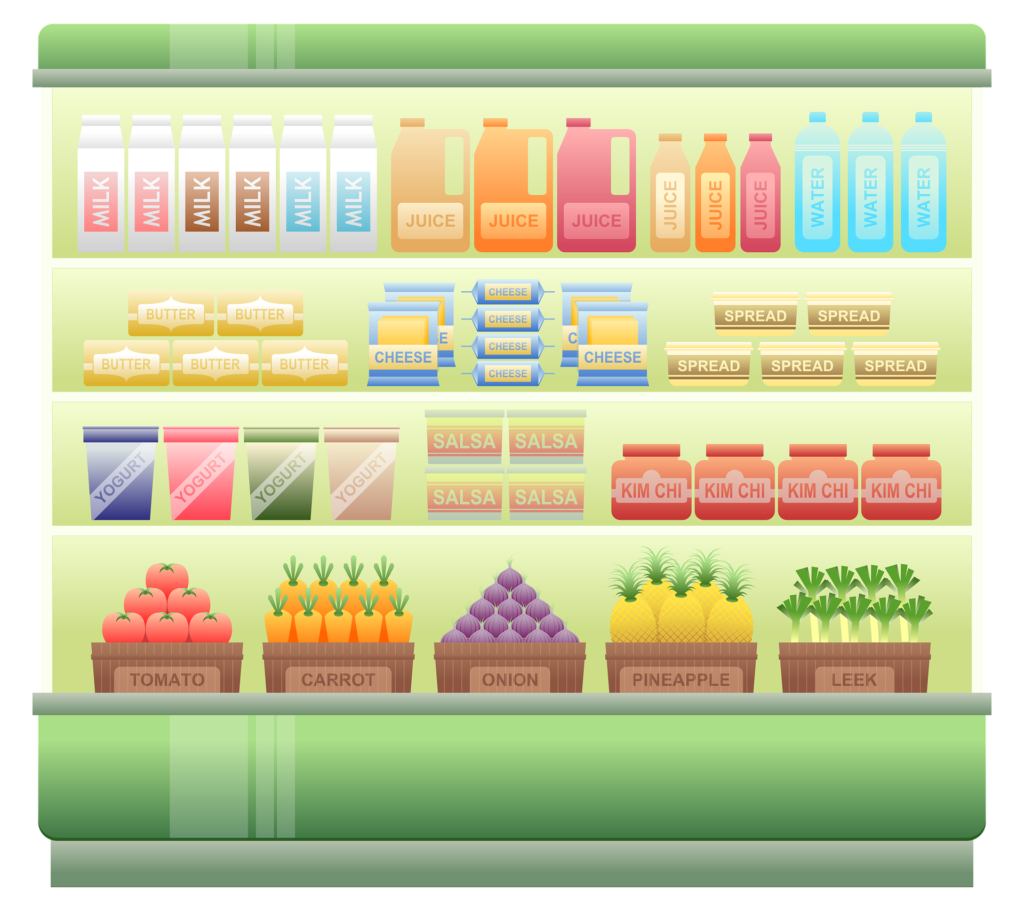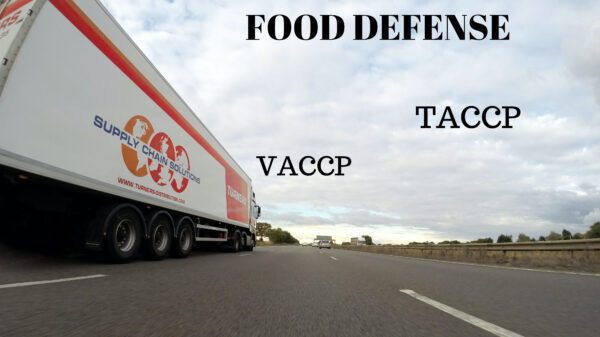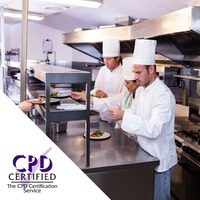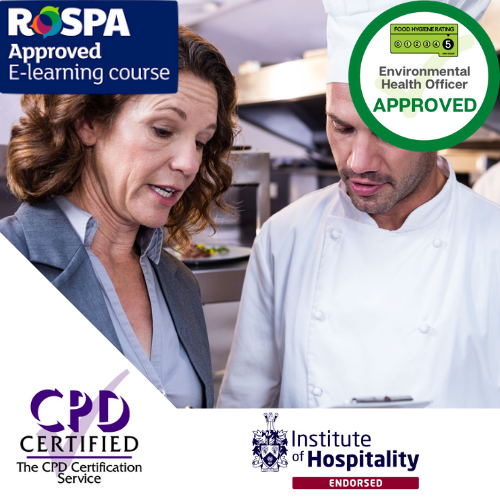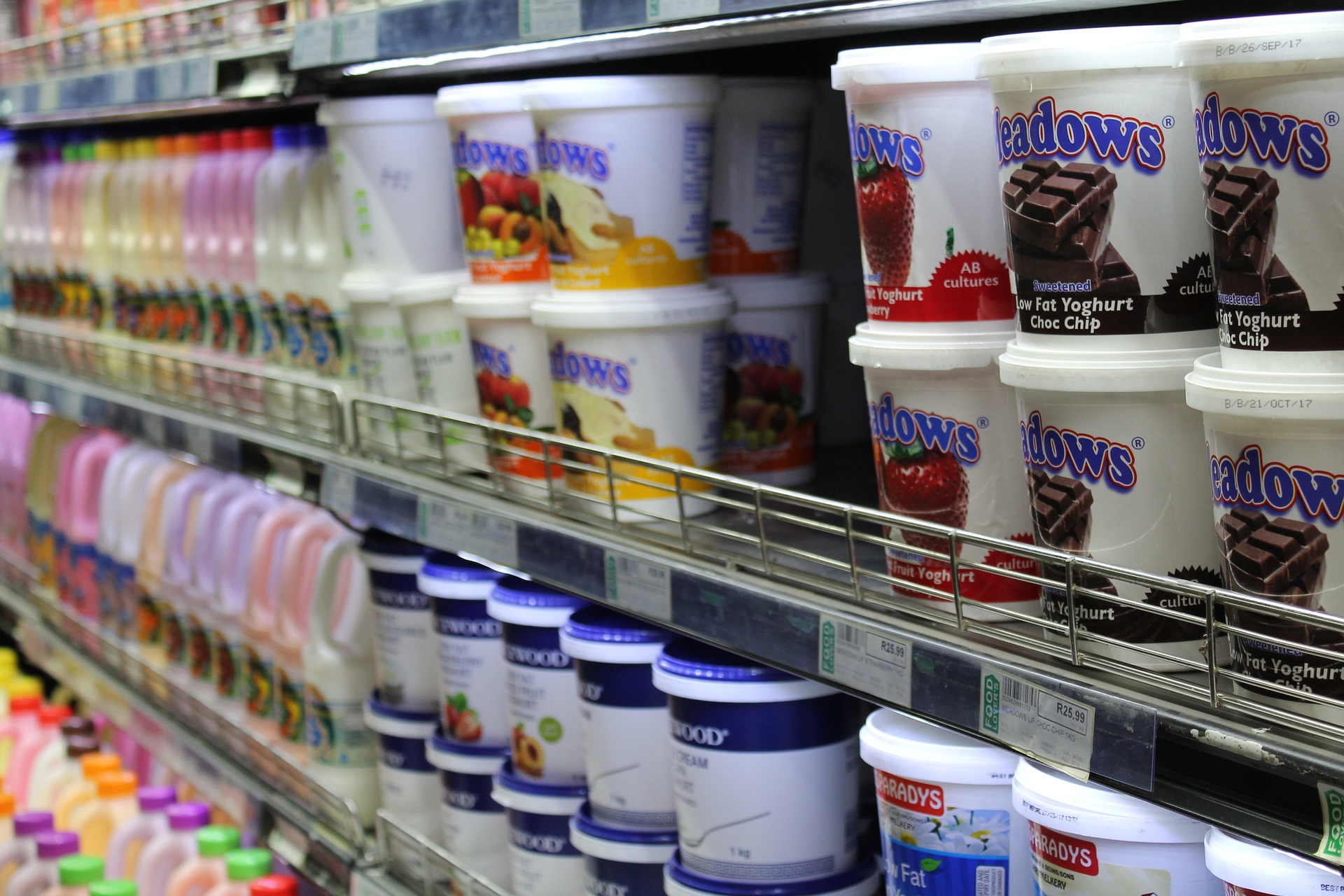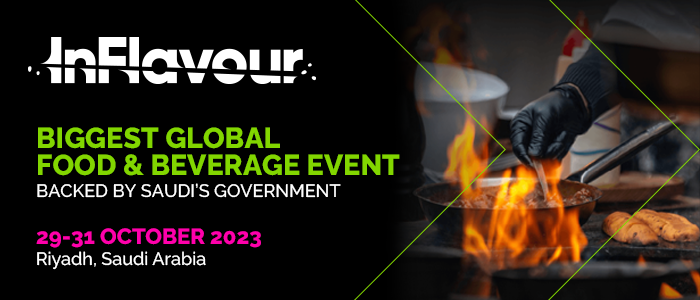Creating a HACCP Plan for Restaurant and Catering Kitchens is an effective way to achieve Food Safety. This is by implementing a Hazard Analysis Critical Control Point (HACCP) plan for the restaurant and catering kitchen menu.
A Kitchen HACCP plan not only helps you prioritize food safety but also ensures compliance with health department regulations in some jurisdictions. In this article, we will explore the key steps involved in creating a comprehensive HACCP plan for Restaurant and Catering kitchens.
Steps and Examples of a RestaurantHACCP Plan
To create an effective HACCP plan for a restaurant kitchen, the following principles should be followed:
Conduct a Hazard Analysis
During the food preparation process, various steps need to be evaluated for potential hazards. These steps include serving
- Uncooked foods.
- Cooking foods for immediate consumption.
- Prepping and storing certain dishes.
This analysis is essential to identify where biological, chemical, or physical hazards may occur. When handling Time/Temperature Control for Safety (TCS) food.
eg. Raw chicken breast poses a biological hazard as it needs to be cooked correctly to eliminate any potentially harmful bacteria.
Determine Critical Control Points (CCPs):
Identifying critical control points is crucial to pinpoint the specific stages in the process where contamination could occur. It is essential to prevent, remove, or reduce hazards to safe levels at these points. Examples of critical control points include
- Receiving food from suppliers.
- Storing food before preparation, and
- Handling and preparing food.
In the case of raw chicken breast, the cooking process becomes the critical control point to eliminate or reduce bacteria.
Establish Critical Limits
For each identified CCP, specific minimum or maximum limits must be established to effectively remove or reduce hazards to safe levels. Setting critical limits provides clear guidelines for staff and ensures food safety.
For example, cooking raw chicken breast to an internal temperature of 165 degrees Fahrenheit for 15 seconds is the critical limit to kill any bacteria present.
Establish Monitoring Procedures
To verify that critical limits are met, monitoring procedures must be put in place. This allows for regular checks to identify any deviations and address them promptly. Monitoring should be performed by assigned personnel like a Food Safety Officer/Team at specified intervals.
It helps bring the process back under control, tracks deviations, and provides essential documentation for verification.
eg. Monitoring the temperature of the cooked chicken breast using a sanitized probe thermometer is an effective method to ensure it reaches the minimum internal temperature.
Establish Corrective Actions
In case a critical limit is not met, corrective actions are necessary to prevent contaminated food from reaching consumers. These actions involve determining the cause of the deviation, correcting it if possible, and documenting the incident.
eg. If the chicken breast is found to be below the required temperature, it must continue cooking until it reaches the critical limit.
Verification
Periodic reassessment and revision of the HACCP plan are necessary to ensure its effectiveness. Reviewing temperature monitoring charts, analyzing records, and identifying trends prevent future hazards.
eg. A manager may review temperature monitoring charts after each shift change to ensure compliance with critical limits.
Documentation
Maintaining accurate records is crucial for organized food safety management. Establishing procedures for record-keeping ensures that relevant information is documented, enabling effective response to food safety hazards.
eg. Temperature logs, records of corrective actions taken, and information about equipment maintenance and supplier details should be kept on file for a specific period.
HACCP Plan Requirements for Restaurant or Catering Kitchen
The first step in creating a restaurant HACCP plan is to determine whether your establishment falls under the category of a High or Moderate-risk facility. This classification is typically done through a preliminary priority assessment by external Consultants.
If your restaurant is categorized as High or Moderate risk, you will be required to submit a HACCP plan for review and approval. Even if it is not mandatory in your jurisdiction, implementing a HACCP plan is still highly recommended, especially if your menu includes potentially hazardous food items.
General Food Preparation Information
To start developing your restaurant HACCP plan, you need to provide detailed information about the general food preparation practices in your establishment. This includes:
- Approved Sources
- Storage Practices
- Thawing and Cooling Methods
- Preparation Time
- Cold Ready-to-Eat Foods
- Off-Premises Distribution
- Reduced Oxygen Packaging
Conclusion
Creating a comprehensive HACCP plan for your restaurant kitchen is a vital step. By following the guidelines outlined in this article and customizing them to fit your specific menu and operations, you can establish a robust food safety system that minimizes the risk of foodborne illnesses. Remember, food safety should always be the number one priority for every restaurant operator.

